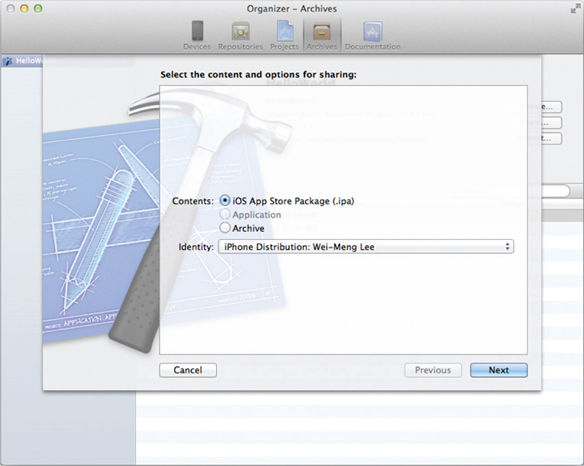USING AD HOC DISTRIBUTION
While distributing your application through the App Store enables you to distribute it to anyone with access to the App Store, you might want to limit the distribution of your application to a particular group of users. For example, you may be developing an application for your company's in-house use, in which case only the employees should install it. In such a case, you can use the Ad Hoc distribution method to distribute your application.
To use Ad Hoc distribution, execute the following steps:
- You need to create an Ad Hoc distribution provisioning profile, as described in the previous section. The Ad Hoc distribution provisioning profile must contain the UDIDs of all the devices on which you want to install your application. Depending on the membership that you have enrolled in, there is a limit on how many devices you can install on (a maximum of 100 for the standard program).
- Set the Release/Any iOS SDK key in your project to the Ad Hoc distribution provisioning profile.
- Export the application as an .ipa file by clicking the Share button in Organizer (refer to Figure A-35).
- Select the Identity of the .ipa file to the Ad Hoc distribution provisioning profile (see Figure A-37).

FIGURE A-37
- Once the .ipa file is created, drag and drop it together with the Ad Hoc distribution provisioning profile onto the Library section in iTunes (see Figure A-38). ...
Get Beginning iOS 5 Application Development now with the O’Reilly learning platform.
O’Reilly members experience books, live events, courses curated by job role, and more from O’Reilly and nearly 200 top publishers.

